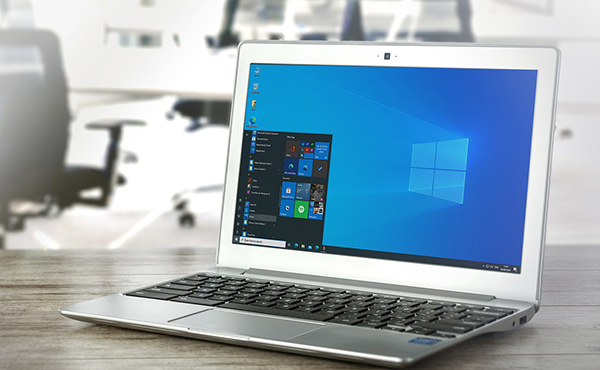
As the end of support for Windows 10 approaches, it's crucial to understand what this transition means for your business. With just one year left, now is the time to start preparing. In this post, we’ll walk you through the key considerations to ensure your systems are ready, explore upgrade options, and introduce you to Windows 11. While maintaining many of the features you love from Windows 10, Windows 11 also brings exciting new enhancements designed to elevate your overall computing experience.
Understanding End of Life
When Windows 10 reaches its end of life, it will no longer receive essential support and updates, leading to several critical challenges:
- No more security updates: Without ongoing updates, your system becomes more vulnerable to security risks and malware.
- No technical support: Assistance for troubleshooting bugs and other issues will no longer be available.
- Software compatibility issues: Over time, many programs and apps will stop supporting Windows 10, limiting your software options.
Prepare and transition
With just one year remaining until Windows 10 reaches its end of life, it's important to take the following steps to prepare your devices before October 2025.
- Assess your current systems: Verify whether your devices meet the system requirements for an upgrade. You can check the requirements here.
- Back up your data: Use a cloud service or an external hard drive to securely back up all important files and data before making any changes.
- Evaluate your software needs: Review the apps you use regularly to determine if they will continue to support Windows 10 after its end of life.
- Explore upgrade options: Consider upgrading to Windows 11. If your system is incompatible, explore alternatives like Linux or other suitable operating systems.
Windows 11: What's New and How It Can Benefit You
Windows 11 builds on the familiar features of Windows 10, while introducing a range of new tools and improvements designed to enhance your experience and simplify your workday. Here are a few key ways Windows 11 can positively impact your systems:
- Smarter Assistance with Windows Copilot: Windows 11 introduces Copilot, an AI-powered assistant that makes navigating your system easier and more intuitive. It helps with multitasking, troubleshooting, and accessing key features, all from one convenient location.
- Boosted Productivity with Snap Assist: Stay organized and efficient with Snap Assist, which allows you to easily arrange and resize windows on your screen. This feature is designed to help you work faster and multitask more seamlessly by managing multiple apps side by side.
- Enhanced Security and Performance: Windows 11 comes with robust security improvements, including hardware-based security features like TPM 2.0 and secure boot, ensuring better protection against cyber threats. It also brings performance optimizations to help your systems run faster and more reliably.
These are just a few of the ways Windows 11 is designed to improve your experience. For a comprehensive list of changes and features, check out this comparison sheet.
As we approach the end of life for Windows 10, taking proactive steps to prepare is essential for maintaining the security and efficiency of your devices. By assessing your current systems, backing up your data, and evaluating your software needs, you can navigate this transition with confidence. Exploring upgrade options, particularly Windows 11, will not only keep your systems secure but also enhance your overall computing experience with its innovative features.
Learn more about Windows 11 features at these pages:
Source Microsoft